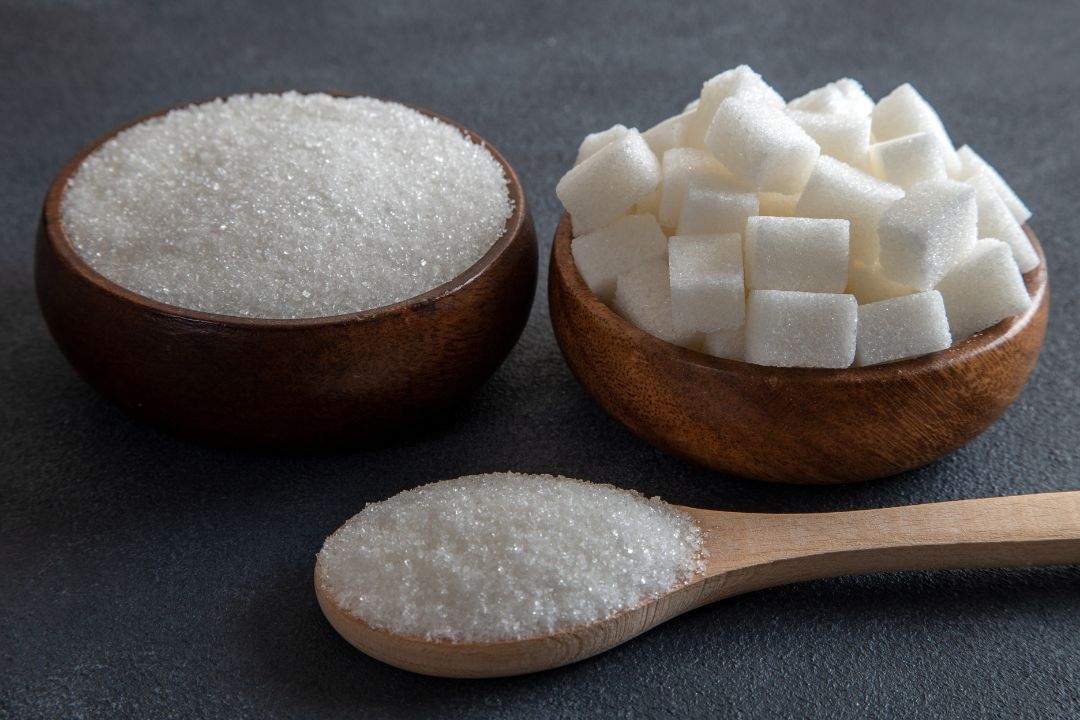Table of Contents
Introduction
Sucralose vs aspartame are two of the most commonly used artificial sweeteners in the food industry today. Understanding the differences between these sweeteners is crucial for consumers who are conscious of their health and dietary choices.
Chemical Composition
Sucralose is derived from sugar through a chemical process that substitutes three chlorine atoms for three hydroxyl groups on the sugar molecule. Aspartame, on the other hand, is composed of two amino acids, phenylalanine and aspartic acid, linked to a methyl ester group.
Taste and Sweetness
While sucralose provides a sweet taste similar to sugar without the calories, aspartame is known for its rapid onset of sweetness and clean taste. Sucralose is approximately 600 times sweeter than sucrose (table sugar), whereas aspartame is about 200 times sweeter.
Caloric Content
Sucralose is essentially calorie-free, as the body does not metabolize it for energy. Aspartame contains a small amount of calories, but its sweetness intensity allows for minimal usage, resulting in negligible caloric impact.
Health Concerns
Both sucralose and aspartame have undergone extensive safety evaluations and are approved for use by regulatory agencies worldwide. However, concerns have been raised regarding potential health effects, leading to ongoing research and debate.
Usage and Applications
Sucralose is commonly used in a wide range of food and beverage products, including soft drinks, baked goods, and dairy products. Aspartame is popular in diet sodas, chewing gum, and tabletop sweeteners.
Stability and Cooking
Sucralose maintains its sweetness and stability under high temperatures, making it suitable for cooking and baking. Aspartame, however, may lose its sweetness when exposed to prolonged heat, limiting its application in certain recipes.
Regulatory Approval
Both sucralose and aspartame have undergone rigorous testing and review processes by regulatory agencies such as the FDA and EFSA to ensure their safety for human consumption.
Consumer Preference
Consumer preferences for sucralose or aspartame vary based on factors such as taste perception, dietary goals, and personal beliefs. Market trends indicate a growing demand for natural sweeteners as well.
Side Effects
While rare, some individuals may experience adverse reactions to sucralose or aspartame, including headaches, digestive issues, or allergic reactions. Moderation and awareness of personal sensitivities are recommended.
Labeling and Transparency
Food manufacturers are required to clearly label products containing sucralose or aspartame to inform consumers of their presence. Increased transparency initiatives aim to educate consumers about sweetener choices.
Environmental Impact
The production and disposal of sucralose and aspartame can have environmental implications, prompting efforts to minimize waste and explore sustainable alternatives in the sweetener industry.
Cost Comparison
Sucralose and aspartame vary in cost, with sucralose generally being more expensive due to its production process. Manufacturers weigh the economic factors alongside considerations of taste and functionality.
Popular Myths and Misconceptions
Addressing misconceptions about sucralose and aspartame is essential to provide accurate information to consumers and dispel unfounded fears surrounding their safety and use.
Conclusion
In conclusion, sucralose vs aspartame offer distinct advantages and considerations for consumers and manufacturers alike. Understanding the nuances of each sweetener can help individuals make informed choices that align with their preferences and dietary needs.
